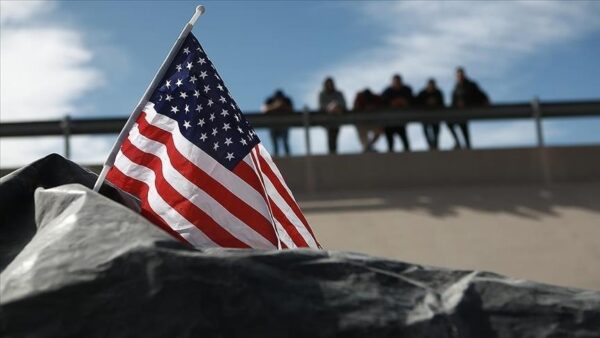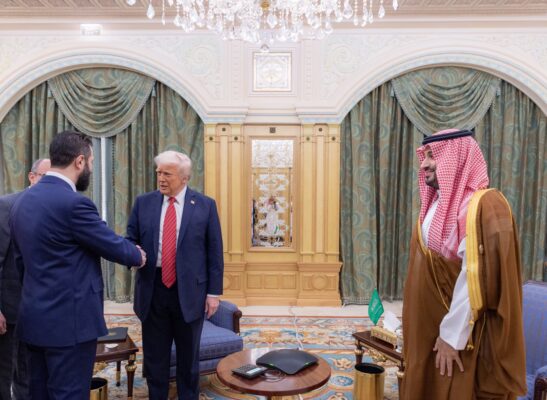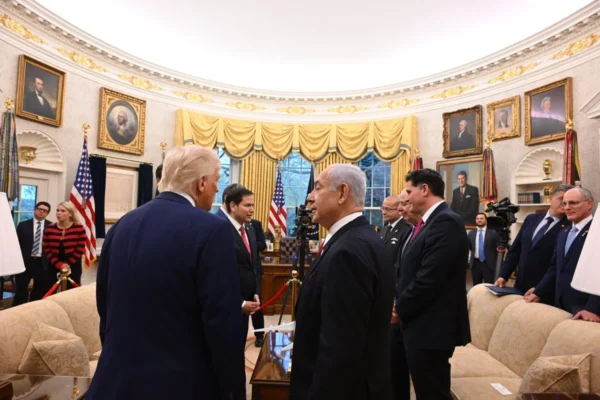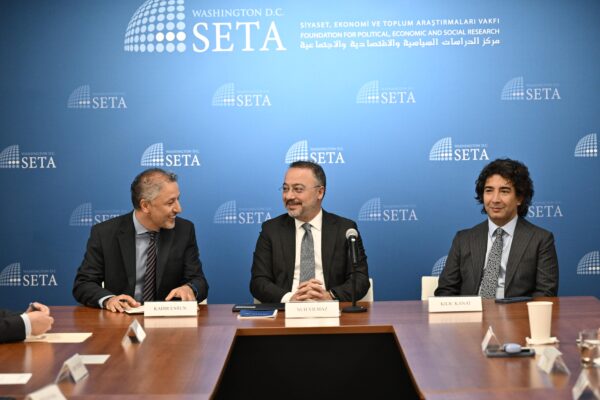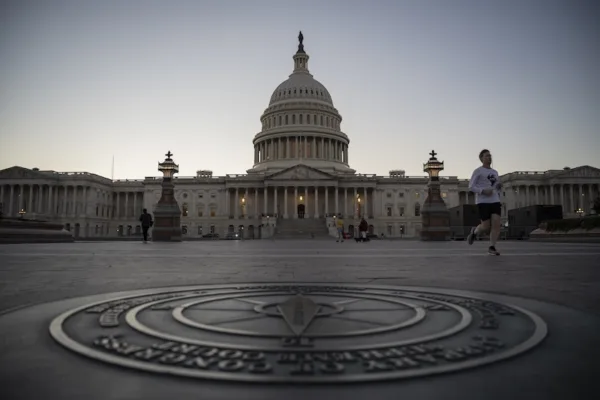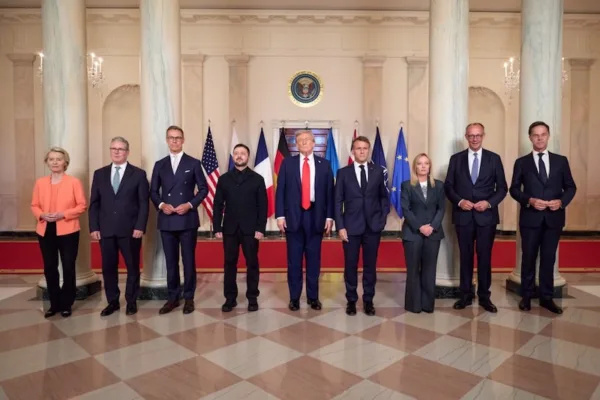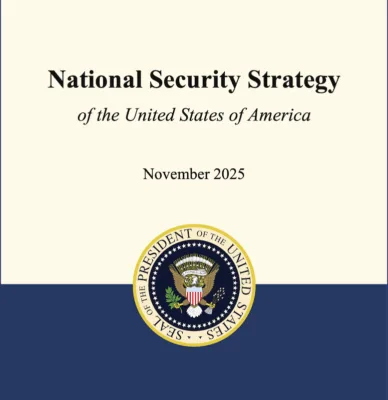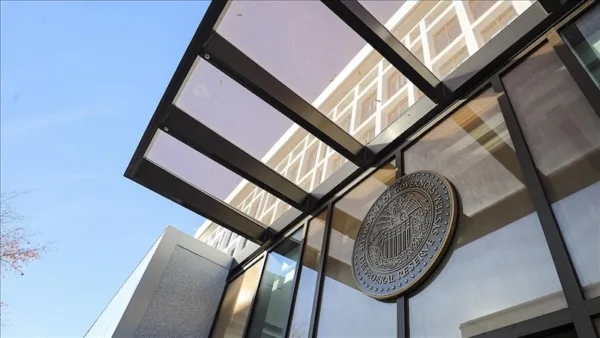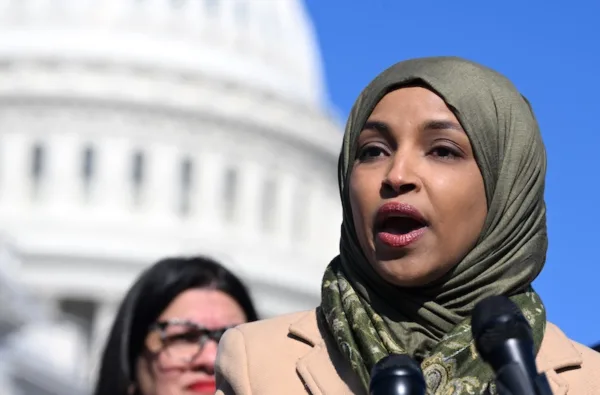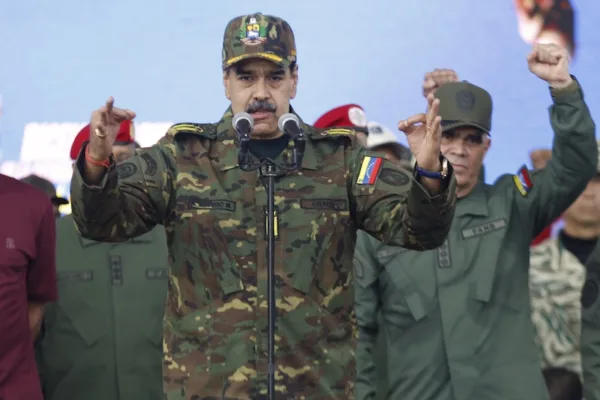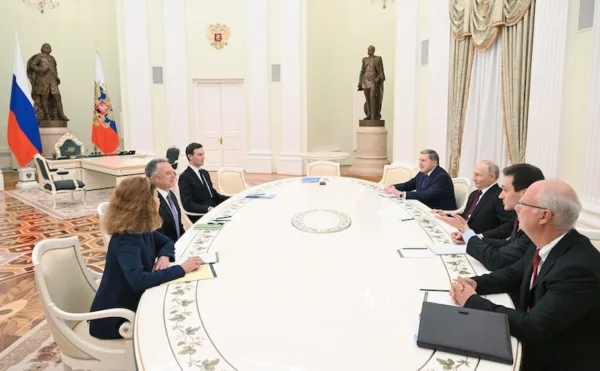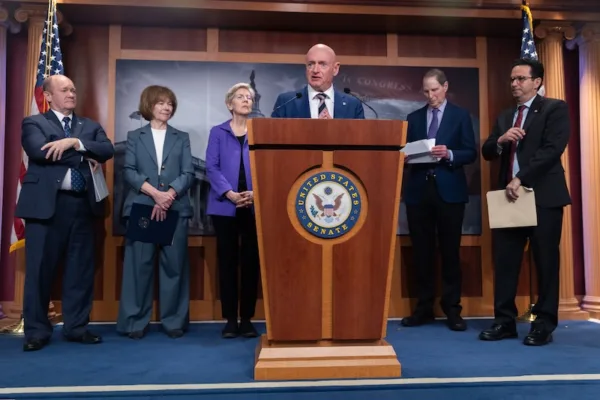Turkey’s Changing Internal and International Dynamics: From “Where” to “What”
Posted On December 22, 2009
0
356 Views
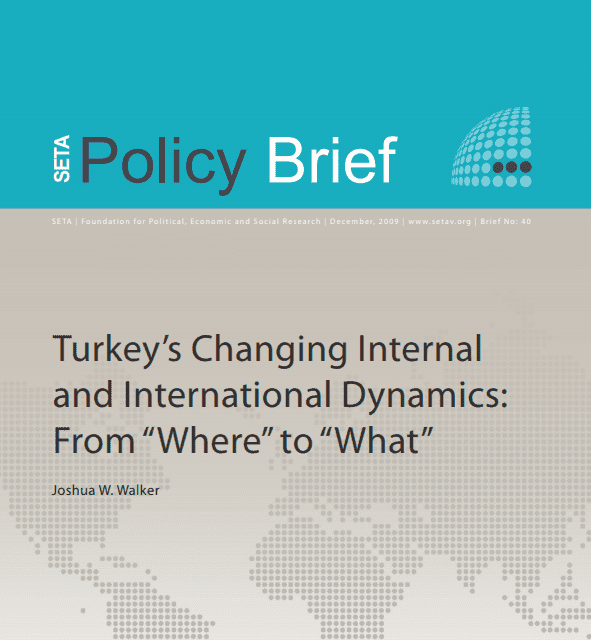
By Joshua W. Walker
SETA Policy Brief, No. 40, December 2009
Prime Minister Erdogan’s December 7th White House meeting with President Obama re-emphasized theimportance of Turkey to both the United States and its Western allies. A variety of foreign policy issues such as Afghanistan, Iran, and Israel-Palestine were discussed with the emphasis placed on how much American and Turkish interests converge and potential areas of cooperation. However despite these positive developments and successful visit of the Prime Minister there still appears to be room for further improvement. Failure to appreciate the domestic challenges and issues occurring in Turkey has caused many Western actors—the European Union (EU) as a bloc and as individual countries, and in particular with the U.S.—to send the wrong messages that fail to fully account for recent domestic political realities.
Turkey’s struggle on the domestic scene with the remnants of the Cold War in its state apparatus and new attempts to solve the Kurdish problem, along with changing regional dynamics and a constructive foreign policy attitude must be taken into serious account by the US administration. Unfortunately, there has been a tendency for the U.S. to be reactive rather than proactive despite the dynamic nature of the internal and international changes being witnessed from Turkey. A critical account of US policy toward Turkey vis-a-vis Turkey’s transformation would give a better idea about the fatal misperception towards “where Turkey stands” versus “what Turkey has become” and pitfalls in Western policy formulation towards Turkey.

